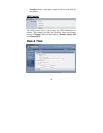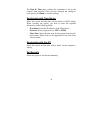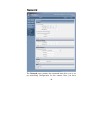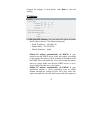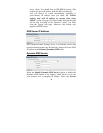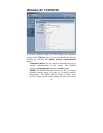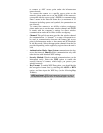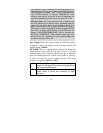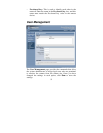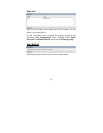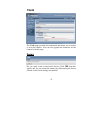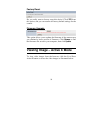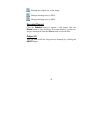
52
case Western European characters that can be input through your
keyboard's typing zone are valid. To setup a 64-bit WEP key, input 5
ASCII characters. For example, ‘12345’. To setup a 128-bit WEP key,
input 13 ASCII characters. For example, ‘1234567890123’. These
character counts result in bit counts of 40 and 104 respectively; the
camera will automatically pad your input to a bit count of 64 or 128.
HEX input format: Hex format causes each pair of characters you
type to be interpreted as an eight-bit value in hexadecimal (base 16)
notation. Only the digits 0 through 9 and the letters A through F (in
upper or lower case) are valid. To setup a 64-bit WEP key, input 10
HEX format. For example, ‘3132333435’, which is the same with ASCII
input ‘12345’. To setup a 128-bit WEP key, input 26 HEX format. For
example, ‘31323334353637383930313233’, which is the same with
ASCII input ‘1234567890123’. These character counts result in bit
counts of 40 and 104, respectively; the camera will automatically pad
your input to a bit count of 64 or 128.
- Key Length: Select the proper setting for WEP Encryption.
In general, a larger key length creates a stronger cipher. The
default setting is 64bits.
- WPA-PSK:
This is a special mode designed for home and
small business users who do not have access to network
authentication servers. In this mode, the user has to manually
enter the starting password in their access point or gateway,
as well as in each PC on the wireless network. This mode
includes two options: TKIP and AES.
TKIP
TKIP (Temporal Key Integrity Protocol) changes the temporal
key every 10,000 packets. This insures much greater security
than the standard WEP security.
AES
AES (Advanced Encryption Standard) is used to ensure the
highest degree of security and authenticity for digital
information.



